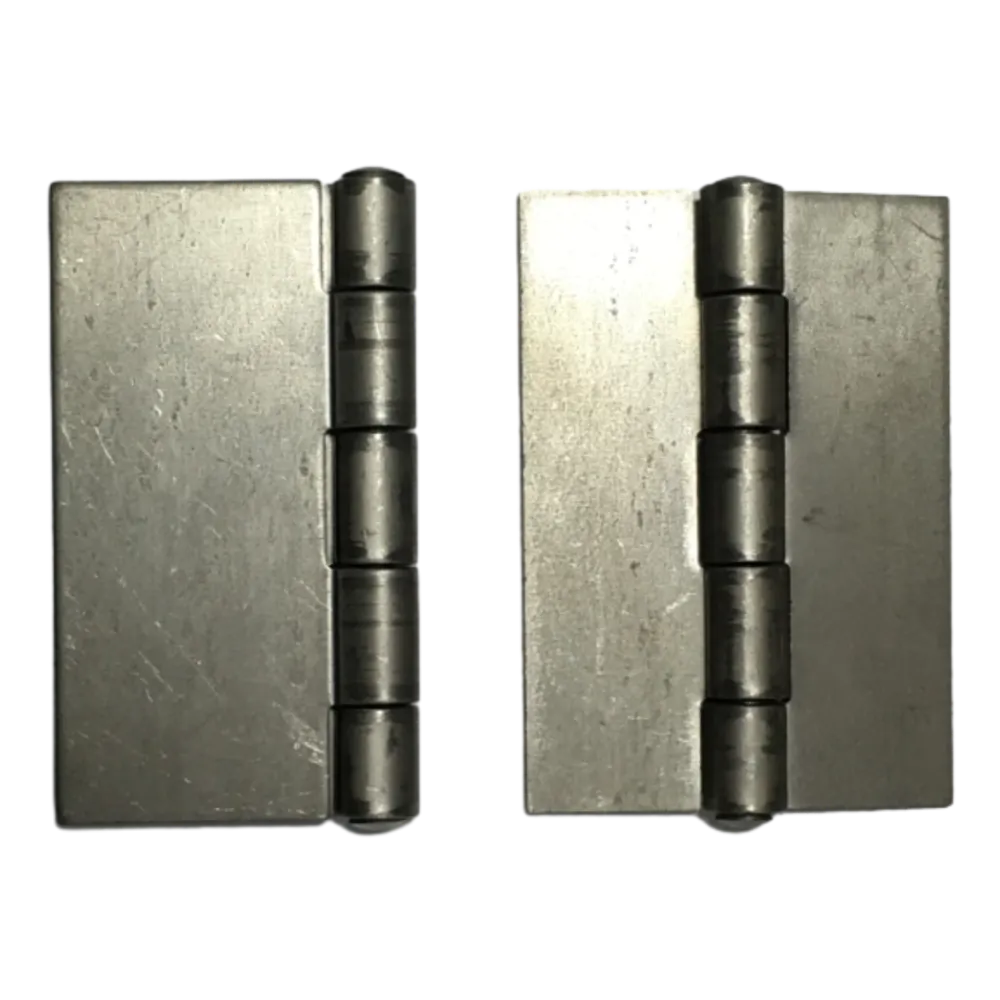foundry work
Exploring the World of Foundry Work
Foundry work is a captivating and essential aspect of manufacturing and engineering that transforms molten metal into functional components. This age-old craft has played a pivotal role in the development of various industries, including automotive, aerospace, and construction. In this article, we will delve into the intricacies of foundry work, its processes, materials, and the skills required to excel in this field.
At its core, foundry work involves the melting and molding of metals to produce a variety of components. The primary materials used in foundries are ferrous metals, such as iron and steel, and non-ferrous metals, including aluminum, copper, and zinc. Each of these materials has unique properties that make it suitable for different applications. For instance, aluminum is lightweight and resistant to corrosion, making it perfect for automotive parts, while cast iron is known for its durability and excellent wear resistance, often used in engine blocks and machinery bases.
The foundry process typically begins with pattern making, where a replica of the final product is created from wood, metal, or plastic. Patterns are essential as they influence the final shape and detail of the cast metal component. Once the pattern is ready, it is placed in a mold made from sand, plastic, or metal, which will hold the shape of the molten metal as it cools. The molding process can be done using various techniques, including sand casting, investment casting, and die casting, each offering distinct advantages depending on the required precision and production volume.
After the mold is prepared, the next step is melting the metal. Foundries use furnaces that can reach extremely high temperatures to melt the chosen metal alloy. Electric arc furnaces, induction furnaces, and cupola furnaces are commonly employed for this purpose. Once the metal reaches its molten state, it is poured into the mold, where it will solidify into the desired shape.
foundry work

Cooling and solidification play crucial roles in the quality of the final product. As the molten metal settles and cools within the mold, its crystalline structure begins to form. The rate of cooling can significantly influence the mechanical properties of the cast item, affecting strength, hardness, and ductility. Once the metal has solidified adequately, the mold is removed, revealing the newly cast piece.
Post-casting operations are often necessary to achieve the final specifications and appearance of the component. These operations may include machining, grinding, and surface finishing to remove imperfections and ensure that the part meets exact tolerances and specifications. Quality control is a vital aspect of foundry work, as any defects during casting or finishing can lead to significant consequences in the performance and safety of the finished product.
A career in foundry work requires a diverse skill set, combining technical knowledge with hands-on experience. Understanding metallurgical principles, mold design, and machinery operation is crucial for those looking to enter this field. Furthermore, safety is paramount in foundry work due to the hazardous environment and the handling of molten metals.
In addition to traditional foundry work, advancements in technology are reshaping the industry. Innovations such as 3D printing for pattern making and the use of simulation software to predict casting behaviors are becoming increasingly common, allowing for greater accuracy and efficiency. These technological developments are also attracting a new generation of engineers and technicians to the field, fostering creativity and pushing the boundaries of what is possible in metal casting.
In conclusion, foundry work is a vital and dynamic field within manufacturing that requires skill, precision, and a deep understanding of materials and processes. As industries continue to evolve, foundries will remain integral to producing the components that drive innovation and progress across various sectors. Whether you are an aspiring foundry worker or simply fascinated by the art of metal casting, the world of foundry work offers endless possibilities and the opportunity to create lasting contributions to modern technology.
-
Wrought Iron Components: Timeless Elegance and Structural StrengthNewsJul.28,2025
-
Window Hardware Essentials: Rollers, Handles, and Locking SolutionsNewsJul.28,2025
-
Small Agricultural Processing Machines: Corn Threshers, Cassava Chippers, Grain Peelers & Chaff CuttersNewsJul.28,2025
-
Sliding Rollers: Smooth, Silent, and Built to LastNewsJul.28,2025
-
Cast Iron Stoves: Timeless Heating with Modern EfficiencyNewsJul.28,2025
-
Cast Iron Pipe and Fitting: Durable, Fire-Resistant Solutions for Plumbing and DrainageNewsJul.28,2025
-
 Wrought Iron Components: Timeless Elegance and Structural StrengthJul-28-2025Wrought Iron Components: Timeless Elegance and Structural Strength
Wrought Iron Components: Timeless Elegance and Structural StrengthJul-28-2025Wrought Iron Components: Timeless Elegance and Structural Strength -
 Window Hardware Essentials: Rollers, Handles, and Locking SolutionsJul-28-2025Window Hardware Essentials: Rollers, Handles, and Locking Solutions
Window Hardware Essentials: Rollers, Handles, and Locking SolutionsJul-28-2025Window Hardware Essentials: Rollers, Handles, and Locking Solutions -
 Small Agricultural Processing Machines: Corn Threshers, Cassava Chippers, Grain Peelers & Chaff CuttersJul-28-2025Small Agricultural Processing Machines: Corn Threshers, Cassava Chippers, Grain Peelers & Chaff Cutters
Small Agricultural Processing Machines: Corn Threshers, Cassava Chippers, Grain Peelers & Chaff CuttersJul-28-2025Small Agricultural Processing Machines: Corn Threshers, Cassava Chippers, Grain Peelers & Chaff Cutters












